Toronto, a city where skyscrapers kiss the clouds and nature thrives in unexpected corners, is a place of contrasts. Known for its multicultural tapestry and bustling urban life, it’s also a haven for wildlife. But what animal truly defines Toronto? The answer lies in a creature that’s as industrious as the city itself: the beaver. Canada’s national animal, the beaver, is more than just a symbol—it’s a testament to resilience, hard work, and adaptability, traits that mirror Toronto’s spirit.
Renowned naturalist David Suzuki once said, “The beaver is a keystone species, shaping the environment in ways that benefit countless other creatures.” This sentiment rings true in Toronto, where the beaver’s influence is felt in its wetlands and waterways. Similarly, Farley Mowat, a celebrated Canadian author, highlighted the beaver’s role in shaping Canada’s history in his works. And let’s not forget Jane Goodall, who has emphasized the importance of understanding and protecting wildlife in urban environments.
But the beaver isn’t the only star of Toronto’s animal kingdom. Raccoons, with their mischievous antics, have become the city’s unofficial mascots, earning the nickname “Trash Pandas.” Birds, from the majestic red-tailed hawk to the ubiquitous Canada goose, fill the skies and parks, adding to the city’s natural charm. This article dives into the fascinating world of Toronto’s wildlife, exploring the stories, challenges, and innovations that make these creatures so integral to the city’s identity.
The Beaver: Toronto’s National Symbol
Historical Significance
The beaver’s story in Toronto begins long before the city’s skyline dominated the horizon. During the 17th and 18th centuries, the beaver was at the heart of Canada’s fur trade, a booming industry that shaped the nation’s economy. Beaver pelts were highly sought after in Europe, where they were used to make fashionable hats. This demand led to the establishment of trading posts, including those in what is now Toronto, laying the foundation for the city’s early growth.
In 1975, the beaver was officially declared Canada’s national animal, a nod to its historical and cultural significance. As Historica Canada notes, the beaver represents traits like perseverance and resourcefulness—qualities that resonate deeply with Canadians, including Torontonians.
Cultural Representation
Walk through Toronto, and you’ll find the beaver’s influence everywhere. From statues in public parks to logos on local businesses, the beaver is a beloved symbol of the city. The City of Toronto even features the beaver in its coat of arms, a proud reminder of the animal’s importance.
In literature and art, the beaver has inspired countless works. Canadian author Robertson Davies often referenced the beaver in his writings, using it as a metaphor for Canadian identity. Even in pop culture, the beaver has made its mark, appearing in films, TV shows, and even as mascots for sports teams.
Ecological Importance
Beyond its cultural significance, the beaver plays a crucial role in Toronto’s ecosystem. Known as “nature’s engineers,” beavers create wetlands by building dams, which provide habitats for a variety of species. These wetlands also help filter water, reduce flooding, and store carbon, making them vital to the city’s environmental health.
However, living in an urban environment isn’t easy for beavers. Habitat loss and human-wildlife conflicts pose significant challenges. Organizations like the Toronto Zoo are working to protect beavers and educate the public about their importance. By understanding and supporting these efforts, Torontonians can ensure that the beaver remains a thriving symbol of their city.
Raccoons: The Urban Survivors
If Toronto had a mascot for urban adaptability, it would undoubtedly be the raccoon. These clever critters have turned the city into their playground, thriving in a landscape of skyscrapers, alleyways, and, yes, garbage bins. Known affectionately as "trash pandas," raccoons are the ultimate urban survivors, and Toronto is their kingdom.
Adaptability in the City
Raccoons are the MacGyvers of the animal world. With their nimble paws and sharp minds, they’ve figured out how to open locked garbage bins, scale buildings, and even navigate traffic. Toronto’s raccoons have become so adept at city living that they’ve practically written the playbook on urban wildlife. Their ability to adapt is a testament to their intelligence and resourcefulness, traits that have earned them both admiration and frustration from Torontonians.
Human-Wildlife Conflict
While raccoons are undeniably clever, their antics can sometimes lead to trouble. From raiding garbage bins to nesting in attics, these furry bandits have a knack for causing minor chaos. The city has tried everything from raccoon-proof bins to public awareness campaigns, but these crafty creatures always seem to find a way. Despite the occasional headache, many Torontonians have a soft spot for raccoons, recognizing them as an integral part of the city’s ecosystem.
Cultural Impact
Raccoons have also made their mark on Toronto’s pop culture. From viral videos of raccoons scaling skyscrapers to their starring role in the "Trash Panda" meme, these animals have become local celebrities. They’ve even inspired art installations and community events, proving that Toronto’s love-hate relationship with raccoons is here to stay. Whether you see them as pests or urban icons, there’s no denying that raccoons are a quintessential part of Toronto’s identity.
Birds: Toronto’s Feathered Residents
Toronto’s skies are alive with the sights and sounds of its feathered residents. From the majestic red-tailed hawk to the ever-present Canada goose, birds play a vital role in the city’s ecosystem. Whether you’re a seasoned birdwatcher or just someone who enjoys the occasional chirp, Toronto’s avian population is a source of wonder and inspiration.
Iconic Species
Toronto is home to a diverse array of bird species, each with its own unique charm. The red-tailed hawk, with its piercing gaze and powerful wings, is a common sight in the city’s parks. The Canada goose, though sometimes a nuisance, is a symbol of the country’s natural heritage. Other notable species include the vibrant cardinal, the industrious chickadee, and the elusive great blue heron. Together, these birds create a symphony of life that enriches Toronto’s urban landscape.
Birdwatching in Toronto
For bird enthusiasts, Toronto offers a wealth of opportunities to observe these winged wonders. Tommy Thompson Park, known as the "Wildlife Sanctuary in the City," is a hotspot for birdwatching. High Park is another popular destination, offering a mix of woodland and wetland habitats. These green spaces not only provide a haven for birds but also a place for people to connect with nature.
Threats and Conservation
Despite their resilience, Toronto’s birds face numerous challenges. Habitat loss, pollution, and climate change are all threats to their survival. Organizations like Birds Canada are working tirelessly to protect these species through research, education, and conservation efforts. By supporting these initiatives, Torontonians can help ensure that the city’s skies remain filled with the songs of its feathered residents.
Other Notable Animals in Toronto
While the beaver, raccoons, and birds often steal the spotlight, Toronto is home to a diverse array of other wildlife that plays a crucial role in the city’s ecosystem. From stealthy predators to tiny pollinators, these animals contribute to the balance of nature in surprising ways.
Coyotes and Foxes
Toronto’s green spaces, such as the ravines and Toronto Zoo areas, are home to coyotes and foxes. These predators are essential for controlling rodent populations, which helps maintain a healthy ecosystem. Coyotes, in particular, have adapted well to urban environments, often spotted in neighborhoods like High Park and the Toronto Islands. While their presence can sometimes cause concern, they are generally shy and avoid human interaction.
Aquatic Life
Lake Ontario and the Toronto Harbour are teeming with aquatic life, including fish like salmon, trout, and bass. These waterways are also home to turtles, frogs, and even the occasional beaver. Efforts to clean and preserve these habitats, such as the Lake Ontario Conservation Program, have helped improve water quality and support aquatic species. The Toronto Harbour is a popular spot for fishing and boating, offering residents a chance to connect with nature.
Insects and Pollinators
Bees, butterflies, and other pollinators are vital to Toronto’s urban gardens and green spaces. The city has embraced initiatives like the PollinateTO program, which encourages residents to create pollinator-friendly gardens. These tiny creatures play a significant role in maintaining biodiversity and supporting local agriculture. Urban gardening has also gained popularity, with community gardens and rooftop farms providing habitats for insects and other small animals.
The Future of Toronto’s Wildlife
As Toronto continues to grow, the city faces the challenge of balancing urban development with the preservation of its natural habitats. The future of Toronto’s wildlife depends on innovative solutions, community involvement, and effective policies.
Urbanization and Its Impact
Toronto’s rapid urbanization has led to habitat loss and fragmentation, threatening the survival of many species. Green spaces like ravines and High Park are essential for providing wildlife corridors that allow animals to move freely. Protecting these areas is crucial for maintaining biodiversity and ensuring the survival of Toronto’s wildlife.
Community Involvement
Torontonians can play a significant role in protecting local wildlife by participating in volunteer programs and citizen science projects. Organizations like Toronto Wildlife Centre offer opportunities to get involved in conservation efforts. Simple actions, such as planting native species and reducing waste, can also make a big difference.
Policy and Conservation
Government initiatives, such as the Live Green Toronto program, aim to promote sustainability and protect the city’s natural heritage. NGOs and advocacy groups also play a vital role in raising awareness and pushing for policies that benefit wildlife. By working together, the city can create a future where both people and animals thrive.
AI Solutions: How Could AI Help?
Wildlife Monitoring and Data Collection
Imagine a city where every beaver dam, raccoon den, and bird nest is monitored in real-time. With AI-powered cameras and sensors, Toronto could track its wildlife populations with unprecedented precision. These tools can analyze data to identify trends, such as declining beaver populations or increasing raccoon activity, and alert conservationists to potential threats. For example, Wildlabs is already using AI to monitor endangered species globally, and Toronto could adopt similar technologies to protect its urban wildlife.
Habitat Restoration
AI isn’t just about monitoring—it’s about action. Using AI-driven mapping tools, Toronto could identify areas in need of habitat restoration, such as degraded wetlands or fragmented green spaces. Predictive modeling could help prioritize these areas based on factors like biodiversity and climate change risks. For instance, The Nature Conservancy has successfully used AI to restore habitats in the U.S., and Toronto could follow suit to create a greener, more wildlife-friendly city.
Human-Wildlife Conflict Resolution
Raccoons raiding trash cans? Coyotes wandering into neighborhoods? AI can help. By developing apps that educate the public about coexisting with wildlife, Toronto can reduce conflicts and foster a sense of community. For example, Zooniverse uses citizen science to engage people in wildlife conservation, and Toronto could create a similar platform to involve residents in protecting their local animals. AI could also help manage populations by predicting hotspots of human-wildlife interaction and deploying resources accordingly.
Conservation Education
What if you could explore Toronto’s wildlife from the comfort of your home? With virtual reality and AI-powered platforms, Torontonians could learn about their local animals in immersive, engaging ways. Imagine a VR tour of a beaver dam or a raccoon’s nightly adventures. Organizations like WWF are already using VR to connect people with nature, and Toronto could leverage this technology to inspire its residents to protect their wildlife.
Action Schedule/Roadmap (Day 1 to Year 2)
- Day 1: Assemble a team of wildlife biologists, AI experts, and urban planners. Key players could include University of Toronto researchers and IBM’s AI division.
- Week 1: Conduct a city-wide survey of wildlife populations using drones and AI-powered cameras.
- Month 1: Develop AI-powered monitoring tools for key species, such as beavers and raccoons, in collaboration with Wildlabs.
- Month 3: Launch a public awareness campaign about Toronto’s wildlife, featuring interactive AI-driven apps and VR experiences.
- Year 1: Implement habitat restoration projects in high-priority areas, using AI mapping tools from Esri.
- Year 1.5: Evaluate the effectiveness of AI tools and make improvements based on data collected.
- Year 2: Expand conservation efforts to include more species and habitats, with a focus on community involvement and education.
Toronto’s Wildlife: A Legacy of Resilience and Innovation
Toronto’s wildlife is more than just a collection of animals—it’s a living testament to the city’s ability to adapt and thrive. From the industrious beaver to the clever raccoon, these creatures embody the resilience and diversity that make Toronto unique. But as the city grows, so do the challenges facing its wildlife. Urbanization, climate change, and human-wildlife conflicts threaten the delicate balance that sustains these animals. Yet, with the help of AI and community involvement, Toronto has the tools to protect its natural heritage.
Imagine a future where beavers build their dams in restored wetlands, raccoons roam freely without fear of conflict, and birds fill the skies above a greener, more sustainable city. This vision is within reach, but it requires action. By leveraging AI to monitor, restore, and educate, Toronto can become a global leader in urban wildlife conservation. The city’s residents, too, have a role to play—whether it’s volunteering with local conservation groups, supporting green initiatives, or simply learning how to coexist with their wild neighbors.
Toronto’s wildlife is a reminder that even in the heart of a bustling metropolis, nature finds a way to thrive. By protecting these animals, we’re not just preserving biodiversity—we’re safeguarding the soul of the city. So, the next time you see a beaver in the Don River or a raccoon in your backyard, take a moment to appreciate the resilience and ingenuity of Toronto’s wildlife. And ask yourself: what can I do to ensure that these creatures continue to call Toronto home?
FAQ
Q: Why is the beaver Toronto’s most iconic animal?
A: The beaver is Canada’s national animal, symbolizing resilience and industriousness. These traits align with Toronto’s identity as a city that thrives on hard work and innovation. The beaver’s historical role in the fur trade also ties it to Canada’s early economic development, including Toronto’s growth.
Q: Are raccoons a problem in Toronto?
A: Raccoons are highly adaptable and have become a common sight in Toronto. While they can cause minor issues like rummaging through garbage, they are an important part of the city’s ecosystem. Organizations like the Toronto Wildlife Centre work to manage raccoon populations humanely and educate the public about coexisting with them.
Q: How can I help protect Toronto’s wildlife?
A: There are many ways to get involved:
- Volunteer with local conservation groups like Toronto Zoo or Ontario Nature.
- Support green initiatives and urban gardening projects.
- Learn how to safely interact with urban wildlife and reduce conflicts.
Q: What role does AI play in wildlife conservation?
A: AI is transforming wildlife conservation by:
- Monitoring animal populations using AI-powered cameras and sensors.
- Restoring habitats through predictive modeling and mapping tools.
- Educating the public about coexisting with wildlife through apps and virtual reality experiences.
Q: Where can I see wildlife in Toronto?
A: Toronto is home to many green spaces where you can observe local animals. Popular spots include:
- High Park, known for its diverse bird species.
- Tommy Thompson Park, a haven for birdwatchers.
- The Toronto Islands, where you can spot aquatic life and birds.
Q: What are some iconic bird species in Toronto?
A: Toronto is home to several iconic bird species, including:
- The red-tailed hawk, often seen soaring above the city.
- The Canada goose, a common sight in parks and waterways.
- The black-capped chickadee, a small but lively bird found in wooded areas.
Q: How does urbanization affect Toronto’s wildlife?
A: Urbanization can lead to habitat loss, pollution, and increased human-wildlife conflicts. However, initiatives like creating green spaces and wildlife corridors help mitigate these effects and provide safe habitats for animals.
Q: What are some threats to Toronto’s bird populations?
A: Birds in Toronto face challenges such as:
- Habitat loss due to urban development.
- Climate change affecting migration patterns.
- Collisions with buildings, which organizations like FLAP Canada work to reduce.
Q: How can I get involved in birdwatching in Toronto?
A: Birdwatching is a great way to connect with nature. Start by visiting popular spots like Tommy Thompson Park or joining local birdwatching groups such as the Toronto Ornithological Club.
Q: What are some unique initiatives to protect Toronto’s wildlife?
A: Toronto has several innovative projects, including:
- The Ravine Strategy, which protects and restores natural habitats.
- Community-led efforts like Pollinator Partnership, which supports bees and other pollinators.
Wait! There's more...check out our gripping short story that continues the journey: The Beaver's Dam
Disclaimer: This article may contain affiliate links. If you click on these links and make a purchase, we may receive a commission at no additional cost to you. Our recommendations and reviews are always independent and objective, aiming to provide you with the best information and resources.
Get Exclusive Stories, Photos, Art & Offers - Subscribe Today!
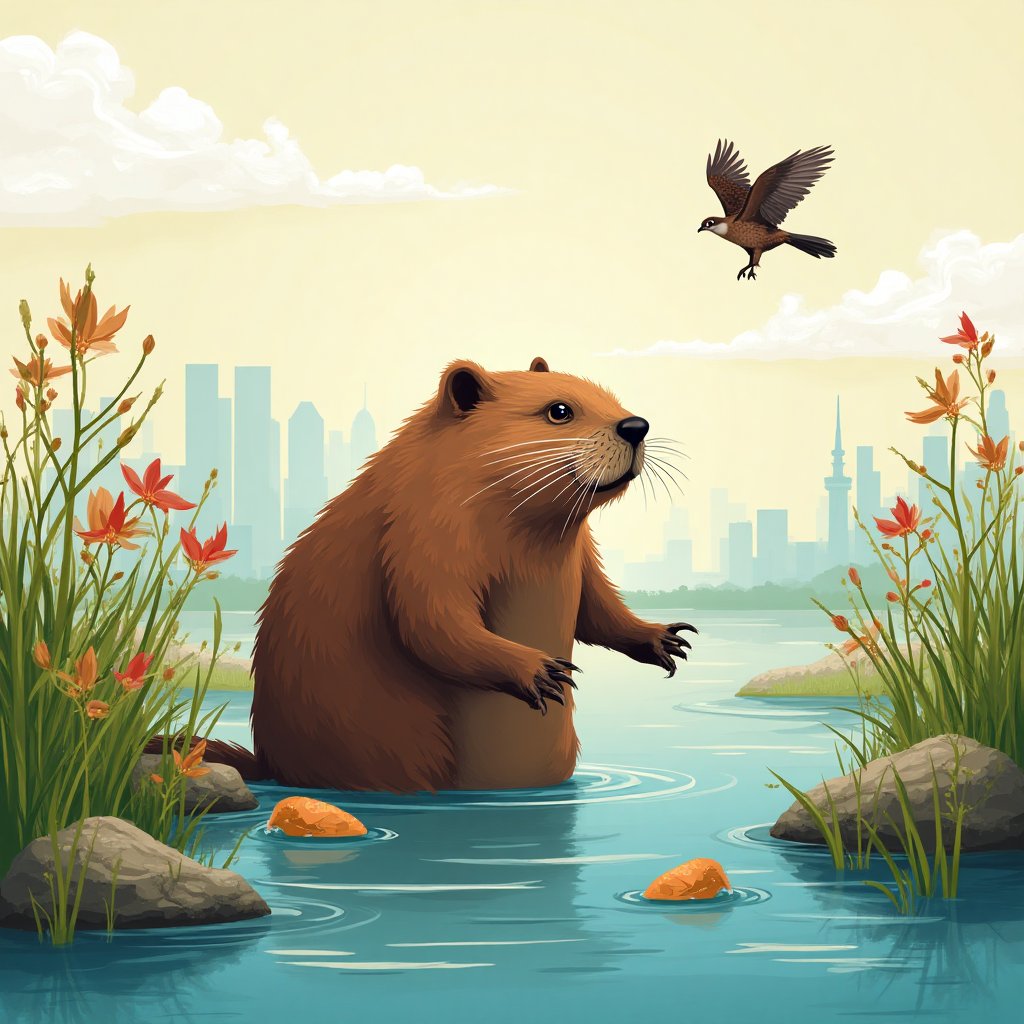
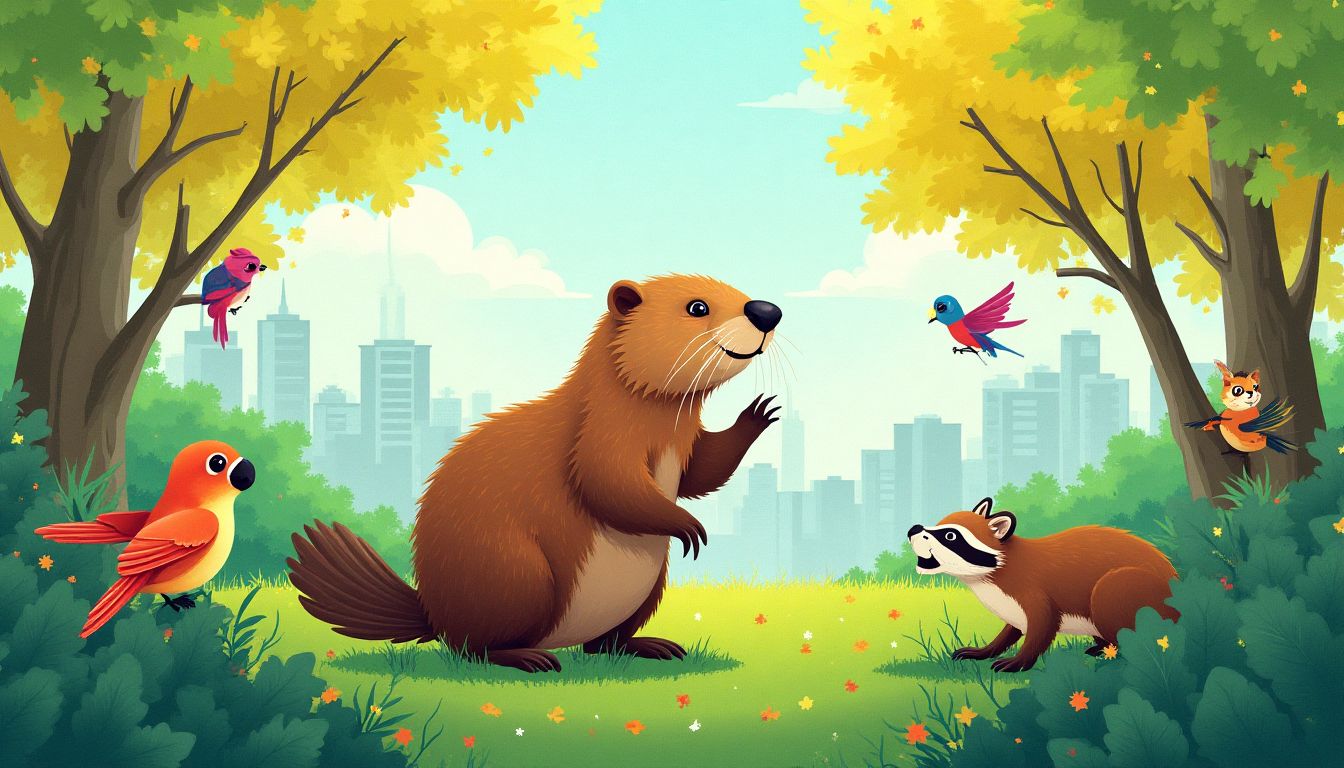
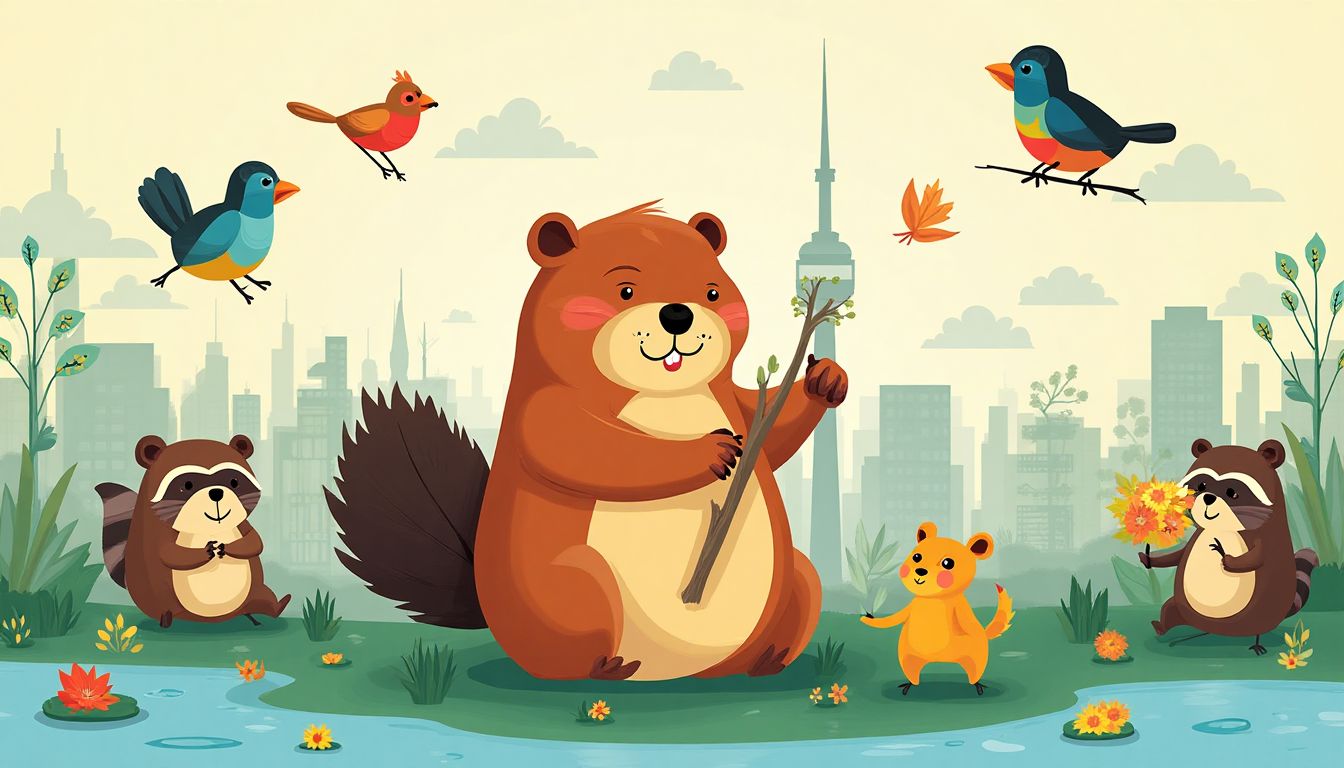
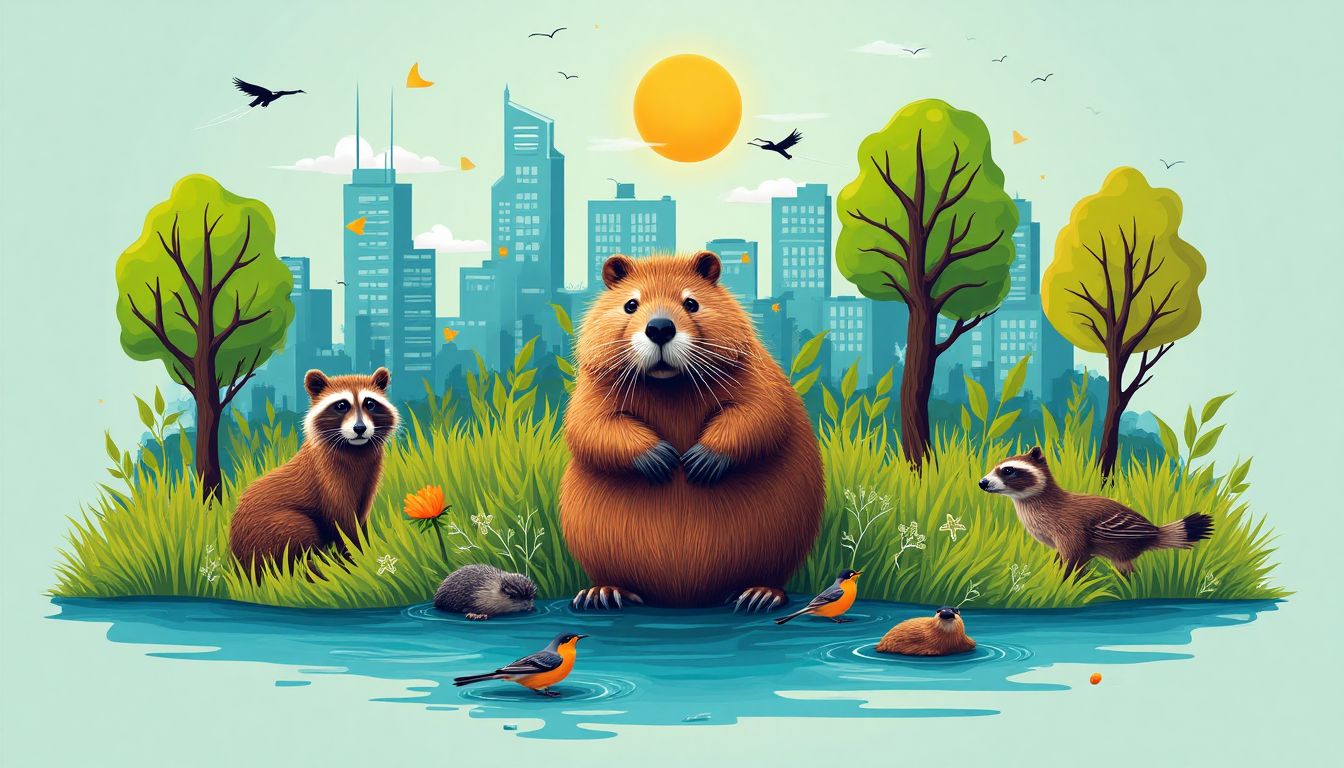
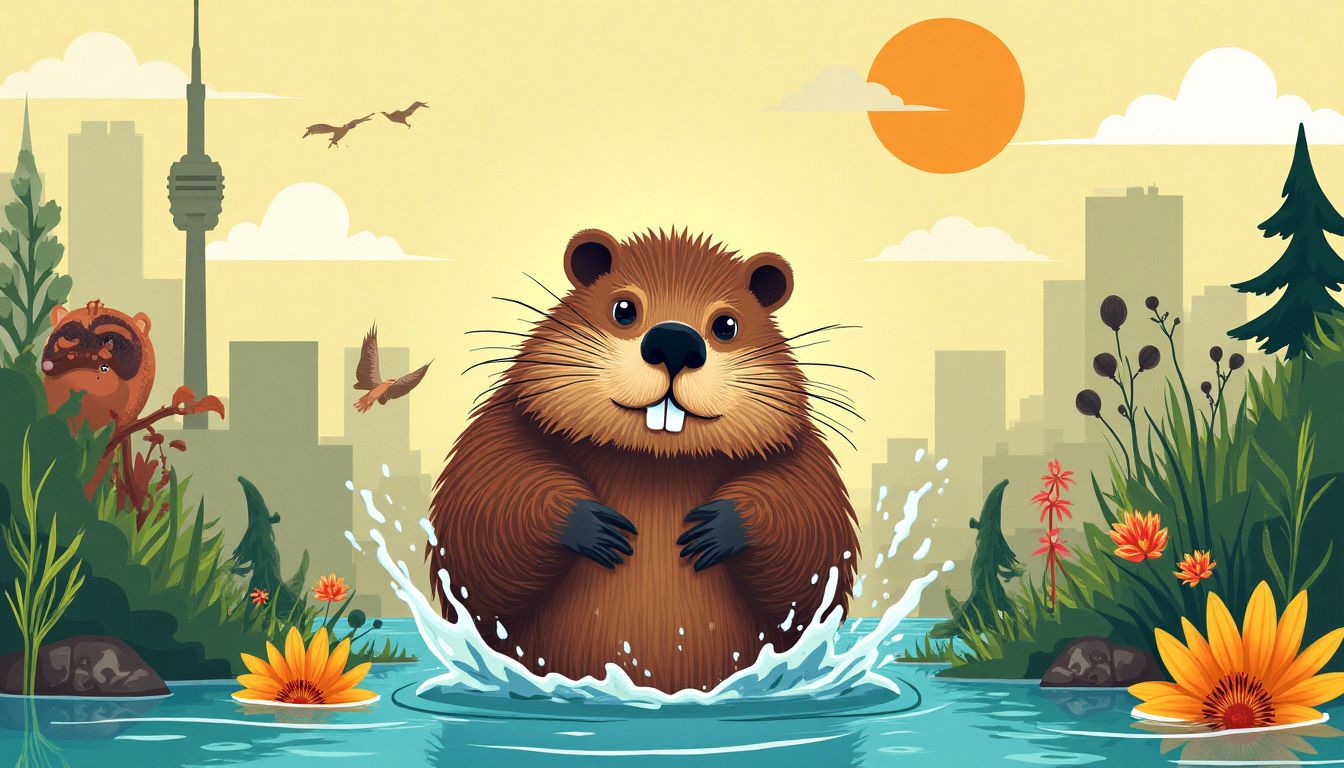


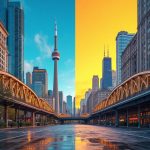
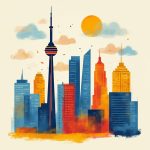
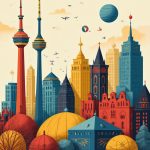
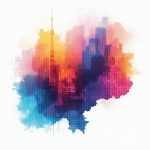


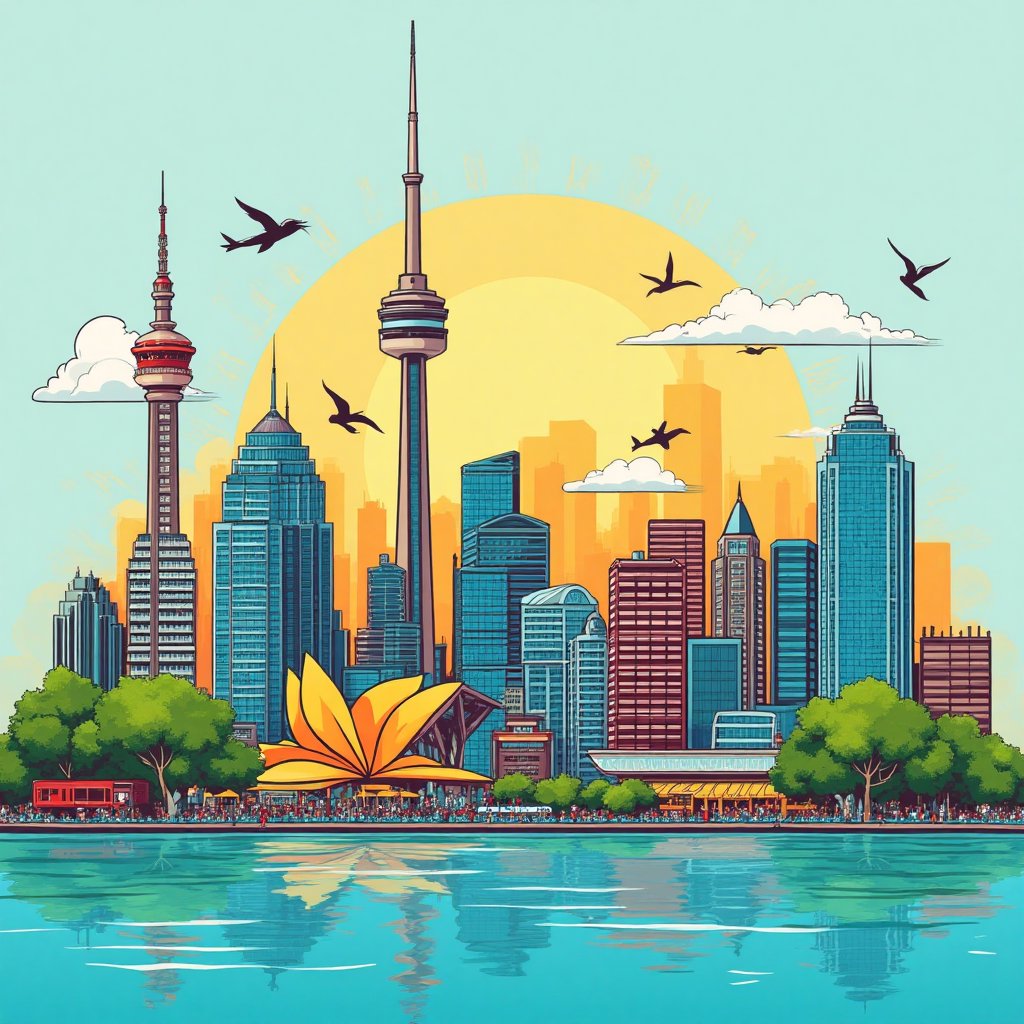















Post Comment
You must be logged in to post a comment.